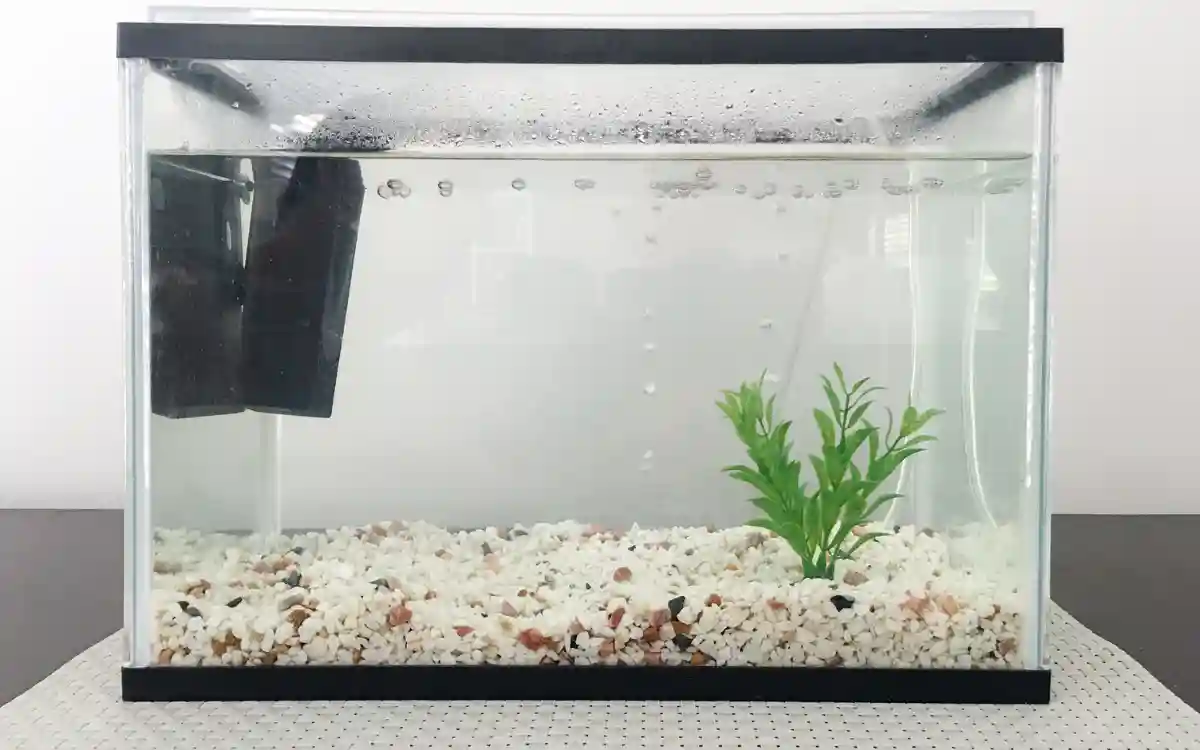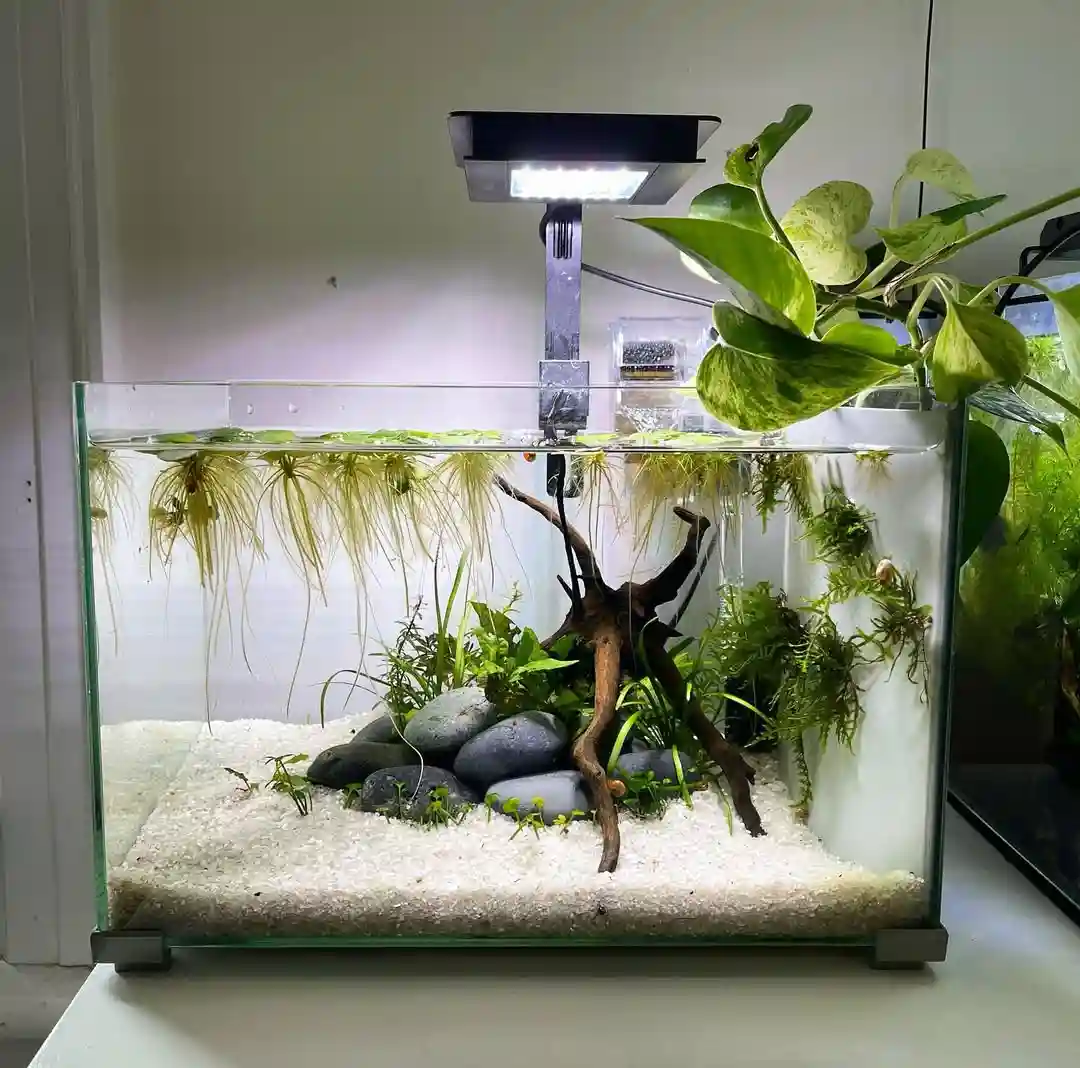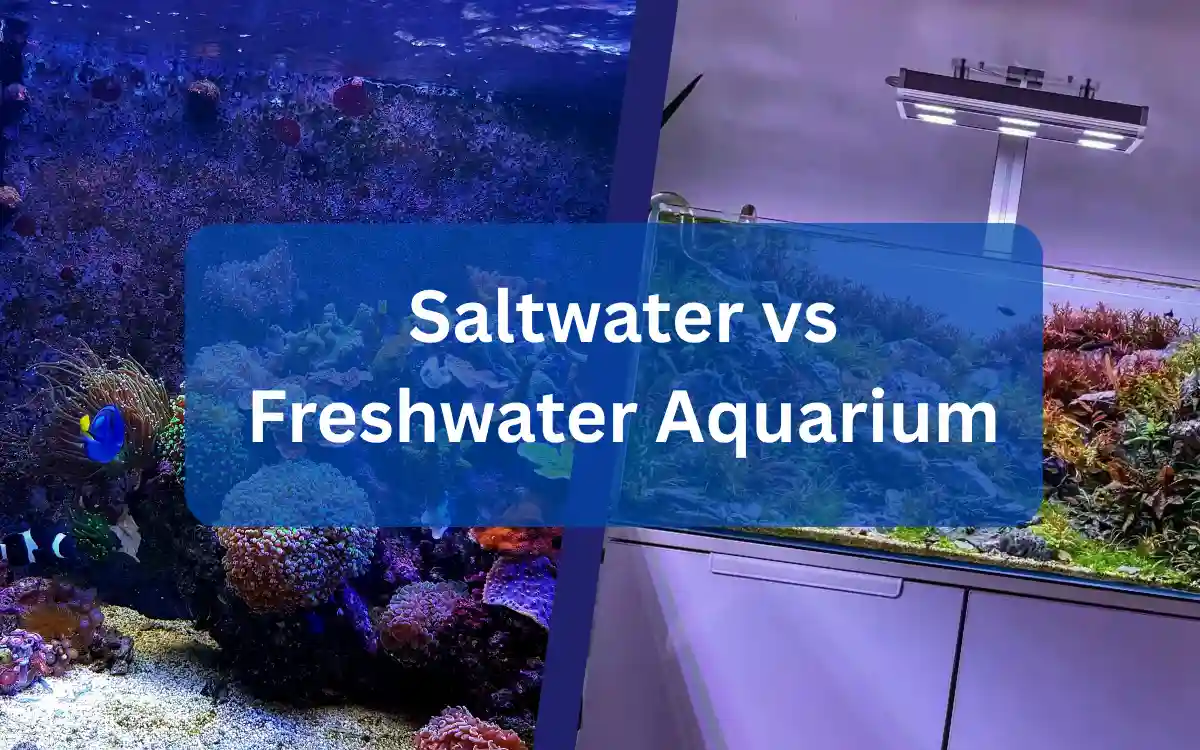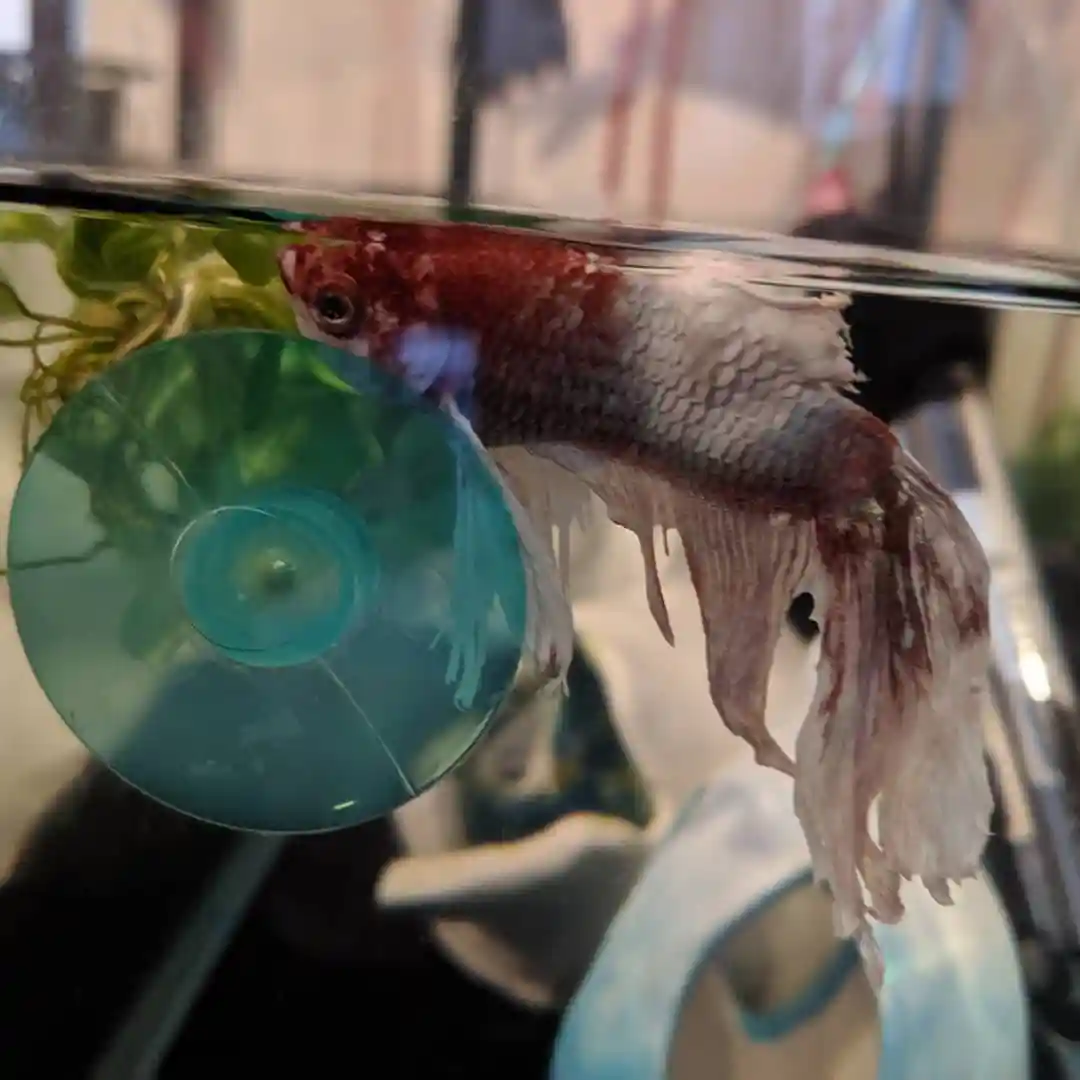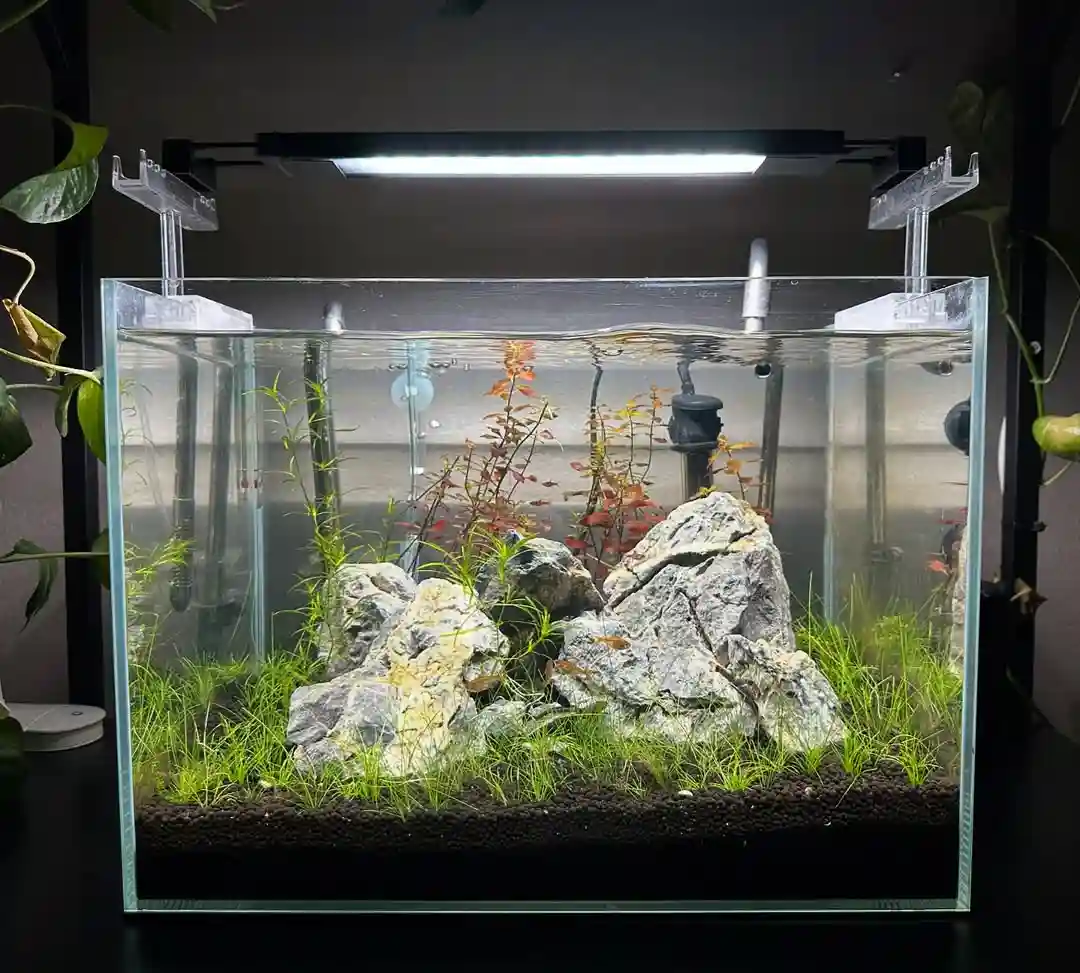Freshwater Aquarium Setup Step-by-Step Beginner Guide
Starting your first freshwater aquarium is exciting. With the right approach, you can create a tank that’s not only beautiful but also easy to care for. Many beginners worry it’s complicated, but if you follow the right steps, your fish will stay healthy and your tank will stay stable.
In this guide, we’ll walk you through everything: choosing the right tank, cycling it properly, adding fish, and keeping the water clean. By the end, you’ll have a complete roadmap for setting up your first freshwater aquarium the right way.
Step 1 – Choosing the Right Freshwater Aquarium Kit
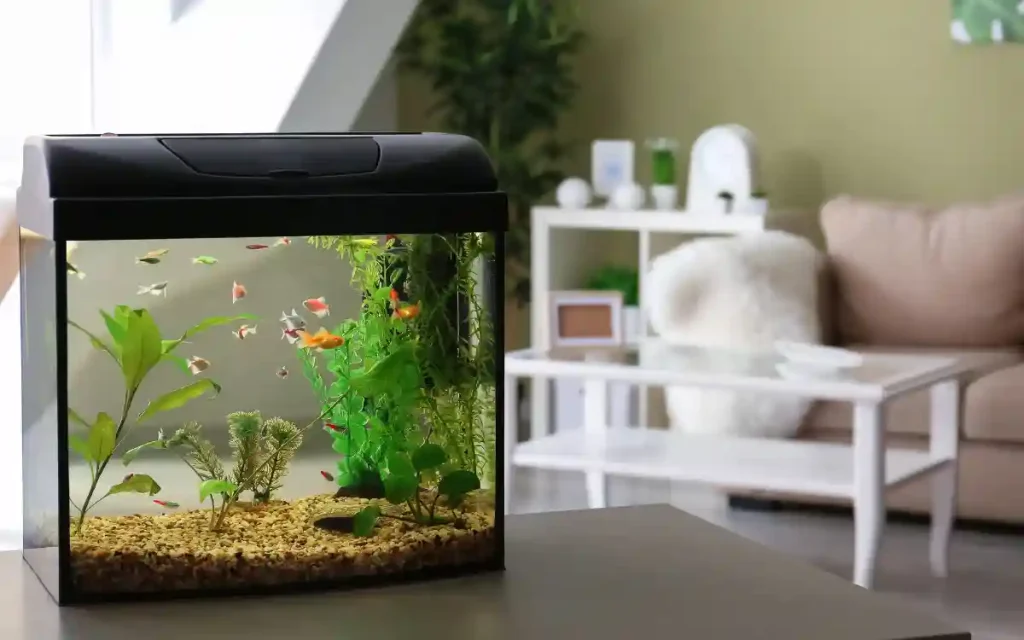
Best Tank Sizes for Beginners
It might seem easier to start with a small tank, but small tanks are harder to manage. A 10–20 gallon aquarium is a sweet spot for beginners.
- Why not smaller? Tiny tanks (5 gallons or less) change temperature and water chemistry too quickly.
- Why 10–20 gallons? They’re big enough to be stable but still fit in most homes.
Quick guide:
- 5 gallon → Best for a single betta or shrimp.
- 10 gallon → Small community of nano fish.
- 20 gallon → Wider range of beginner-friendly fish.
Are Aquarium Starter Kits Worth It?
Starter kits are a good option for beginners because they include a tank, filter, heater, and sometimes lighting. Look for brands like Aqueon or Fluval, but always check if the filter is strong enough for your tank size. Sometimes upgrading just the filter makes a big difference.
Freshwater vs Tropical Aquarium – What’s the Difference?
Both fall under “freshwater,” but:
- Tropical aquariums need a heater (76–80°F).
- Coldwater aquariums (like for goldfish) don’t need heating, but goldfish are messy and not beginner-friendly.
For most beginners, a tropical freshwater tank is the best choice.
Check out 25+ Best Freshwater Aquarium Fish
Step 2 – Picking the Right Location for Your Aquarium
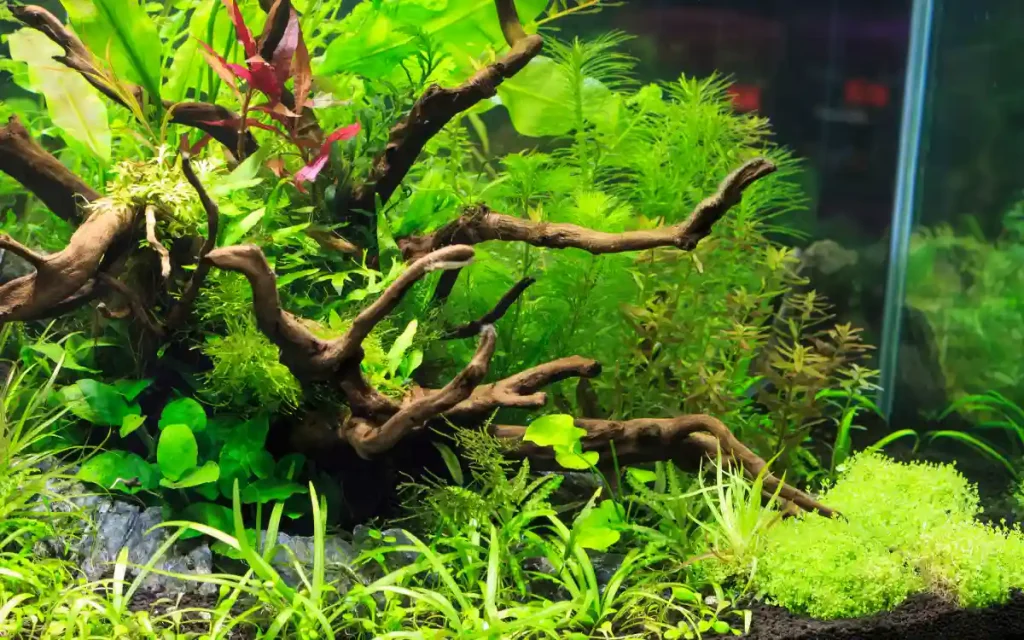
Before filling the tank, choose the right spot.
- Avoid sunlight – direct sun causes algae.
- Avoid drafts and heaters – temperature swings stress fish.
- Sturdy surface – water is heavy (10 lbs per gallon). A 20-gallon tank weighs over 200 lbs when full. Use an aquarium stand if possible.
Step 3 – Setting Up the Aquarium Equipment
Substrate and Decorations
Your substrate (the bottom layer of your tank) matters.
- Gravel – easy to clean, works for most fish.
- Sand – natural look, great for bottom dwellers.
- Plant substrate – nutrient-rich base if you’re growing live plants.
Add some driftwood, rocks, or caves so fish can explore and feel secure.
Filter System Setup
A filter keeps the water clean and oxygenated. For beginners:
- Hang-on-back filters (HOB): Easy to use, reliable.
- Sponge filters: Gentle, great for bettas or shrimp.
- Internal filters: Simple for small tanks.
Choose a filter rated for your tank size—or one step larger for better performance.
Heater and Thermometer
If you’re keeping tropical fish, set your heater between 76–78°F. Always add a thermometer (digital or stick-on) to make sure the water stays stable.
Aquarium Lighting
Fish don’t need fancy lighting, but live plants do. Use a full-spectrum LED light and keep it on for 8–10 hours daily. A timer makes this stress-free.
Step 4 – Adding Water and Treating It
Fill your tank slowly to avoid disturbing the substrate.
- Use a water conditioner (like Seachem Prime) to remove chlorine and heavy metals from tap water.
- Test your water with a beginner liquid test kit. Check:
- pH: 6.5–7.5 is good for most freshwater fish.
- Ammonia: 0 ppm.
- Nitrite: 0 ppm.
- Nitrate: under 20 ppm.
- pH: 6.5–7.5 is good for most freshwater fish.
Step 5 – Cycling the Tank Before Adding Fish

What Is the Nitrogen Cycle?
Fish waste and uneaten food turn into ammonia, which is toxic. Beneficial bacteria break this down into nitrite (also toxic) and finally into nitrate (safe at low levels). Cycling means building this bacteria colony before adding fish.
How to Cycle a Freshwater Aquarium
- Add bottled bacteria (optional but speeds up cycling).
- Drop in a pinch of fish food to “feed” the bacteria.
- Test water every few days.
- Wait 2–4 weeks until ammonia and nitrite are at 0.
Read also: How to Cycle a Shrimp Tank Safely & Quickly
Step 6 – Choosing the Best Freshwater Fish for Beginners
Easy Starter Fish
These hardy species are perfect for your first tank:
- Guppies
- Zebra danios
- Platies
- Corydoras catfish
How Many Fish Can You Add?
Follow the rough rule: 1 inch of fish per gallon (not perfect, but a good guide). In a 10-gallon tank, that’s about 6–8 small fish. Always start slowly and add a few at a time.
Stocking Ideas
- Guppies + Corydoras (colorful + cleanup crew).
- Betta + Snails (low stress).
- Shrimp-only tank (active and unique).
Read also: 15 Easiest Fish to Take Care for Aquariums
Step 7 – Adding Live Plants (Optional but Recommended)
Live plants are worth it. They:
- Absorb fish waste.
- Provide oxygen.
- Reduce algae.
- Make the tank look natural.
Beginner plants to try:
- Java Fern
- Anubias
- Hornwort
- Amazon Sword
➡ Learn more: Planting Aquarium Plants Correctly (Beginner-Friendly Guide)
Step 8 – Maintenance and Management of Your Freshwater Aquarium
Weekly Tasks
- Change 25–30% of the water.
- Siphon the gravel.
- Check water parameters.
Monthly Tasks
- Rinse filter media gently in old tank water.
- Inspect heater, lights, and equipment.
Feeding Your Fish
Feed once or twice daily. Only as much as they eat in 1–2 minutes. Overfeeding is one of the most common beginner mistakes—it causes ammonia spikes.
Common Mistakes to Avoid
- Adding fish before the cycle finishes.
- Overstocking.
- Over-cleaning (kills beneficial bacteria).
Step 9 – Troubleshooting Common Problems
- Cloudy water: Usually harmless, clears up as bacteria grow.
- Algae growth: Reduce light hours, avoid overfeeding.
- Fish dying early: Check water parameters—ammonia/nitrite are often the problem.
- pH swings: Use treated tap water consistently, avoid sudden changes.
Step 10 – Freshwater Aquarium Setup Costs (Beginner Budget)
Here’s a rough idea of what a beginner tank might cost:
| Item | Budget Option | Average Cost |
| 10–20 Gallon Tank | Starter Kit | $50–$150 |
| Filter | HOB or Sponge | $20–$60 |
| Heater | 50–100 watt | $15–$40 |
| Substrate | Gravel/Sand | $15–$30 |
| Decorations/Plants | Basic | $20–$50 |
| Test Kit | API Master Kit | $25–$35 |
| Fish & Food | Starter Stock | $20–$60 |
Total: $150–$400 depending on choices.
Freshwater Aquarium Setup Checklist
- Tank (10–20 gallons recommended)
- Filter (rated for your tank size or larger)
- Heater (for tropical setups)
- Thermometer
- Water conditioner
- Substrate (gravel, sand, or plant substrate)
- Decorations or plants
- Aquarium light
- Test kit
- Fish food
- Gravel vacuum
FAQs
How long should I wait before adding fish?
At least 2–4 weeks until the cycle completes. Use water tests to confirm ammonia and nitrite are at zero.
Can I use tap water for my fish tank?
Yes, but always treat it with a water conditioner to remove chlorine.
What’s the best temperature for a freshwater aquarium?
75–80°F for tropical fish. Goldfish prefer cooler water.
How many fish can I keep in a 10-gallon tank?
Usually 6–8 small fish like guppies or tetras.
Do I need live plants in a freshwater aquarium?
Not required, but they improve water quality and reduce algae.
Is a fish tank starter kit good for beginners?
Yes, but double-check that the filter and heater are strong enough.
Final Thoughts
Setting up your first freshwater aquarium is one of the most rewarding steps in fishkeeping. Take it slow, cycle the tank, and avoid rushing fish into the water. With consistent care, your aquarium will become a stable, thriving environment that both you and your fish will enjoy.
Once you feel confident, you can experiment with larger tanks, aquascaping, or more advanced species.
➡ Explore more beginner-friendly fish options here: Freshwater Fish for Beginners

